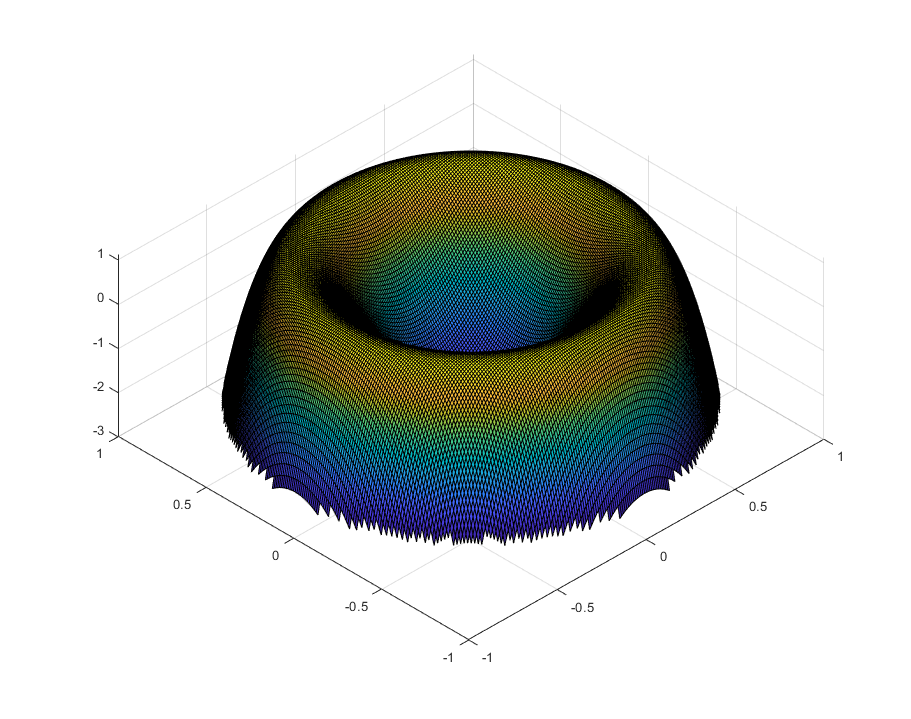Kozhaya, K. et al. (2024) investigated how spherical aberration (SA) affects visual acuity and depth of focus in pseudophakic eyes with different intraocular lenses (IOLs). The research, conducted at Baylor College of Medicine, evaluated four IOL types—monofocal, enhanced monofocal, extended depth-of-focus (EDOF), and continuous range-of-vision IOLs—under varying levels of SA, using an adaptive optics visual simulator. The goal was to assess how controlled changes in positive and negative SA influence visual outcomes.
Key Findings:
1. Monofocal IOLs with Zero SA:
- Negative SA significantly improved near vision (DCNVA) at high contrast.
- Positive SA worsened both near and intermediate vision performance.
- These lenses were the most sensitive to changes in SA.
2. Enhanced Monofocal IOLs:
- Negative SA slightly improved near vision but reduced distance vision (CDVA) at high contrast.
- Positive SA negatively affected overall performance, particularly near vision.
3. EDOF and Continuous Range-of-Vision IOLs:
- These lenses demonstrated robust performance with little to no change in depth of focus or visual acuity across all SA levels.
- Their design, featuring diffractive ring optics, inherently optimized depth of focus.
Implications:
The study highlights that:
- Inducing negative SA can enhance the depth of focus for specific IOL types, particularly monofocal and enhanced monofocal lenses.
- Positive SA generally does not provide benefits and can degrade vision quality.
- Personalized IOL selection based on corneal asphericity can improve surgical outcomes, allowing better matching of lens design with patient-specific needs.
Technological Insights:
Adaptive optics simulators provide precise control over aberration profiles, enabling detailed study of how SAs interact with IOL designs. However, the results emphasize the need for alignment of optical elements and caution against decentration, which can nullify the benefits of negative SA.
Conclusion:
Negative spherical aberration can enhance near vision and depth of focus in certain IOLs, offering valuable insights for customizing lens selection in cataract surgery. However, the robustness of EDOF and continuous range-of-vision IOLs to aberration changes makes them versatile options for maintaining visual quality across various distances. Future research should explore the interplay of SA with other higher-order aberrations to refine these findings further.
This study underscores the importance of understanding aberrations in optimizing visual outcomes and advancing personalized eye care solutions.
Kozhaya, K., Kenny, P. I., Esfandiari, S., Wang, L., Weikert, M. P., & Koch, D. D. (2024). Effect of spherical aberration on visual acuity and depth of focus in pseudophakic eyes. Journal of Cataract and Refractive Surgery, 50(1), 24–29. https://doi.org/10.1097/j.jcrs.0000000000001314

